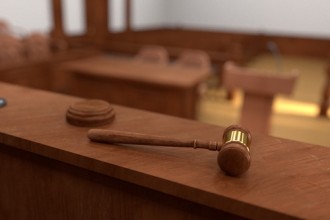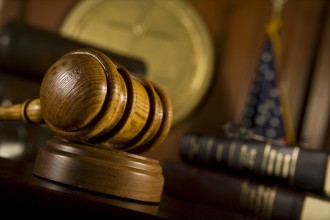
November 26, 2020
Petitioner Can Substantiate Prior Art When Challenged by Patent Owner
In Vidstream LLC v. Twitter, Inc., [2019-1734, 2019-1735] (November 25, 2020) the Federals Circuit affirmed the PTAB determination that claims 1-35 of U.S. Patent No. 9,083,997 on Recording and Publishing Content on Social Media Websites were invalid for obviousness.
The issue on appeal was whether a book authored by Anselm Bradford and Paul Haine is prior art against the ‘997 Patent. The Federal Circuit said whether a document is prior art under 35 U.S.C. § 102(a) is a legal determination, based on the specific facts. While the book bore a copyright date of 2011, the copy relied upon by Petitioner bore a date of 2015. When challenged by VidStream, Twitter provided additional information to support the 2011 date. VidStream complained that this evidence was provided too late because was not provided with the IPR petitions, and petitioner may not submit new evidence or argument in reply that it could have presented earlier.
Twitter responded that the information filed with its replies was appropriate in view of VidStream’s challenge to Bradford’s publication date, and that this practice is permitted by the PTAB rules and by precedent, which states:
[T]he petitioner in an inter partes review proceeding may introduce new evidence after the petition stage if the evidence is a legitimate reply to evidence introduced by the patent owner, or if it is used to document the knowledge that skilled artisans would bring to bear in reading the prior art identified as producing obviousness.
VidStream also argued that it was deprived of a fair opportunity to respond to the evidence submitted with Twitter’s replies. Twitter pointed out that VidStream was not prejudiced, for the Board authorized VidStream to file a sur-reply, and it did so.
The Board denied VidStream’s Motion to Exclude, holding that it was appropriate to permit Twitter to respond to VidStream’s challenge by providing additional evidence to establish the Bradford publication date. The Federal Circuit concluded that the Board acted appropriately, for the Board permitted both sides to provide evidence concerning the reference date of the Bradford book, in pursuit of the correct answer.
The Board found that although no one piece of evidence definitively establishes Bradford’s public accessibility prior to May 9, 2012, the evidence, viewed as a whole, sufficiently does so. The Federal Circuit agreed, noting the evidence well supports the Board’s finding that Bradford was published and publicly accessible before the ’997 patent’s 2012 priority date, and affirmed the Board’s ruling that Bradford is prior art against the ’997 patent.


































